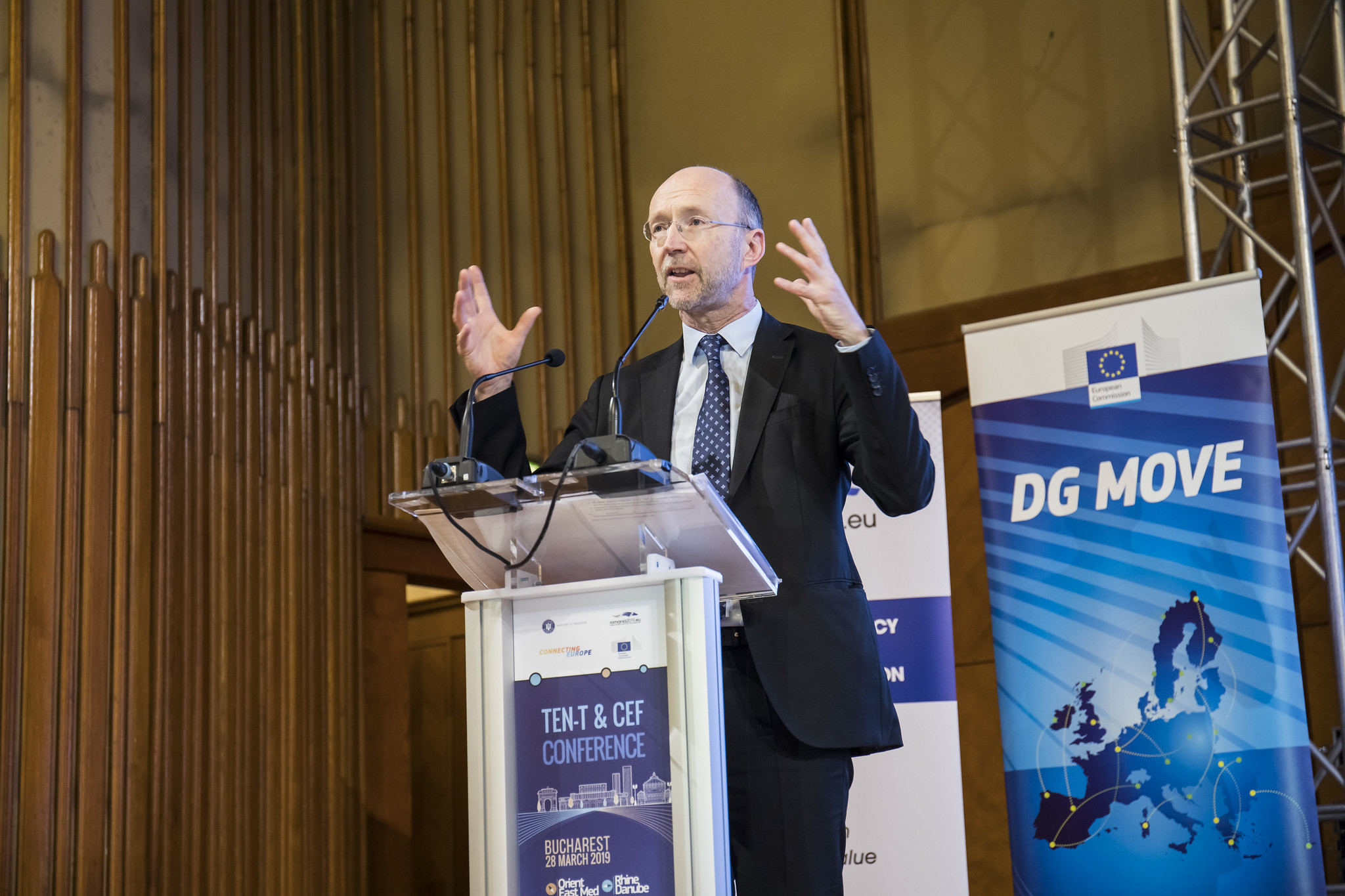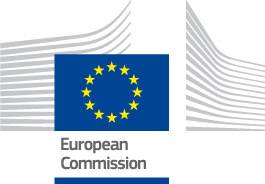The international road to safe mobility

date: 01/08/2019
Why is the EU reaching out to international partners?
Road safety is a major global problem, responsible for 1.3 million deaths a year, and for example the biggest single killer of young people. But it needs to be treated with greater priority by the international community. There is still too much acceptance of road deaths as ‘inevitable’, ‘normal’ or ‘the price we have to pay for our mobility or indeed development’. These are notions that we utterly reject! Ahead of the major UN Global Ministerial Conference on Road Safety in Stockholm in February 2020, the Commission is stepping up its cooperation with international partners. We are keen to share our expertise but also to learn from others, and we continue to urge our partners to join us in seeking an ambitious outcome from the Stockholm conference.
What are the main challenges in other parts of the world?
The biggest common challenge everywhere is the sheer extent of the problem. The EU has improved a lot over the last 40 or so years. Yes, we still have a lot to do – we have 25 000 deaths a year – but that is just 2 % of the global figure. In fact, 90 % of the deaths occur in low- and middle-income countries. And the huge risk is that as motorisation rates increase – as more people acquire cars and drive them further – the death rate could even increase. Motorcycle safety is a big problem in Asia. Safe infrastructure and safe vehicles are a problem nearly everywhere. But across the world, it is clearer and clearer that ‘vulnerable road users’ – motorcyclists, cyclists, pedestrians – are really in the front line. I hope we keep the focus on this group. Everyone – wherever they live, whatever mode of transport they use – has the same right to safe mobility.
What can Europe learn from non-EU partners?
One of the fascinating challenges about road safety is that you never stop learning! Complacency is one of the greatest enemies. After the first decade of this century, in which we reduced deaths by more than 40 %, we perhaps started thinking that we had cracked the problem. Now, coming up to 2020, death rate reduction has slowed. We are going to miss our 50 % reduction target for this decade by a long way. Therefore, we are very keen in our dialogues with neighbouring countries, and most recently with Southeast Asia and with the African Union, to learn what new ideas they have for tackling the scourge of road deaths.
What can the EU share with others?
We are proud of our success in becoming the global road safety leader, but it has been a long and painful road. Essentially, it has been about the application of the Safe System, which says that we have to find ways of mitigating human errors that cause crashes, and of preventing death and serious injuries being the result.
We know now about the impact of kinetic forces on the human body, how and at what point fatal injury occurs. We know that it is possible to dramatically enhance death and injury prevention if we can make cars safer both for their occupants and other road users, make the roads more ‘forgiving’ of drivers’ mistakes, reduce speeds and improve the quality and the use of protective equipment, improve the quality of post-crash care, all via a strong governance system which manages by objectives. What doesn’t work is blaming the victim for his or her mistakes. Death is never an appropriate price to pay.
If I could name just one thing in the short term: it would be great to see a big step forward in how we measure, collect and monitor road safety data. I hope we will see a global network of strong regional Road Safety Observatories, giving us comparable data from across the world. This is something we have been discussing recently with our partners both in Southeast Asia and the African Union.
Can you give an example of what the EU is doing?
As part of our drive to get back on the downward fatality curve, the EU put in place a new road safety strategy in May 2018. This sets new 50 % reduction targets for death and serious injury reduction across the EU, and sets out to implement the Safe System across the EU, not just nationally. We have just passed new laws on vehicle and infrastructure safety. As well as continuing to legislate, we are setting up safety performance indicators, for example on vehicle safety, infrastructure safety and speed management, so we can compare and improve performance across the EU. We also want to develop a new way of working: more bottom up than top down! In particular, as the European Coordinator for Road Safety, I want to work in close cooperation with Member States and cities to drive better results.
Where do you see international road safety cooperation going next?
All roads lead – hopefully safely – to Stockholm in February 2020, where the EU will be strongly represented. Stockholm will be a crucial stepping stone on the way to agreeing on new global targets for road safety, as part of the Sustainable Development Goals, and then implementing these targets.
